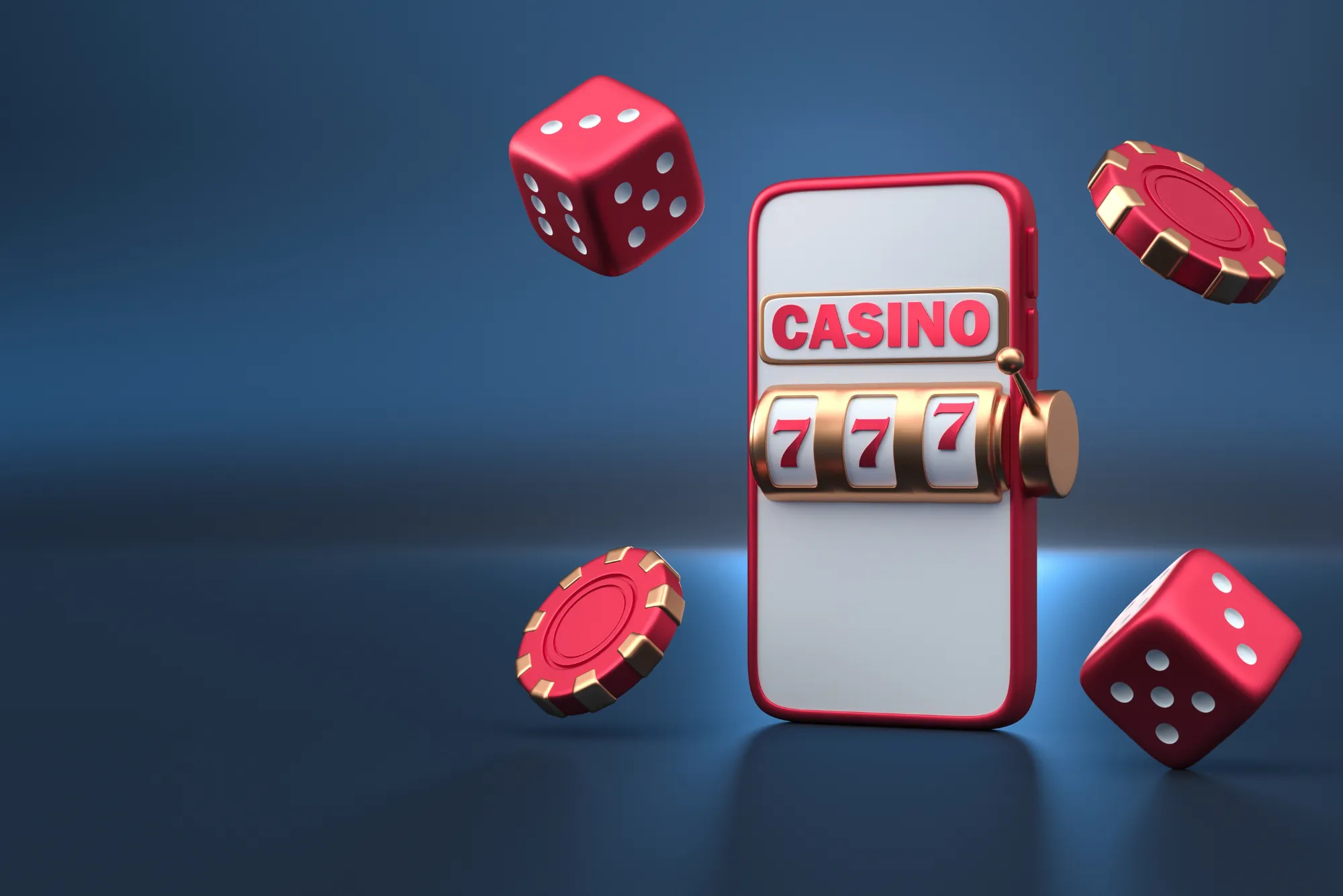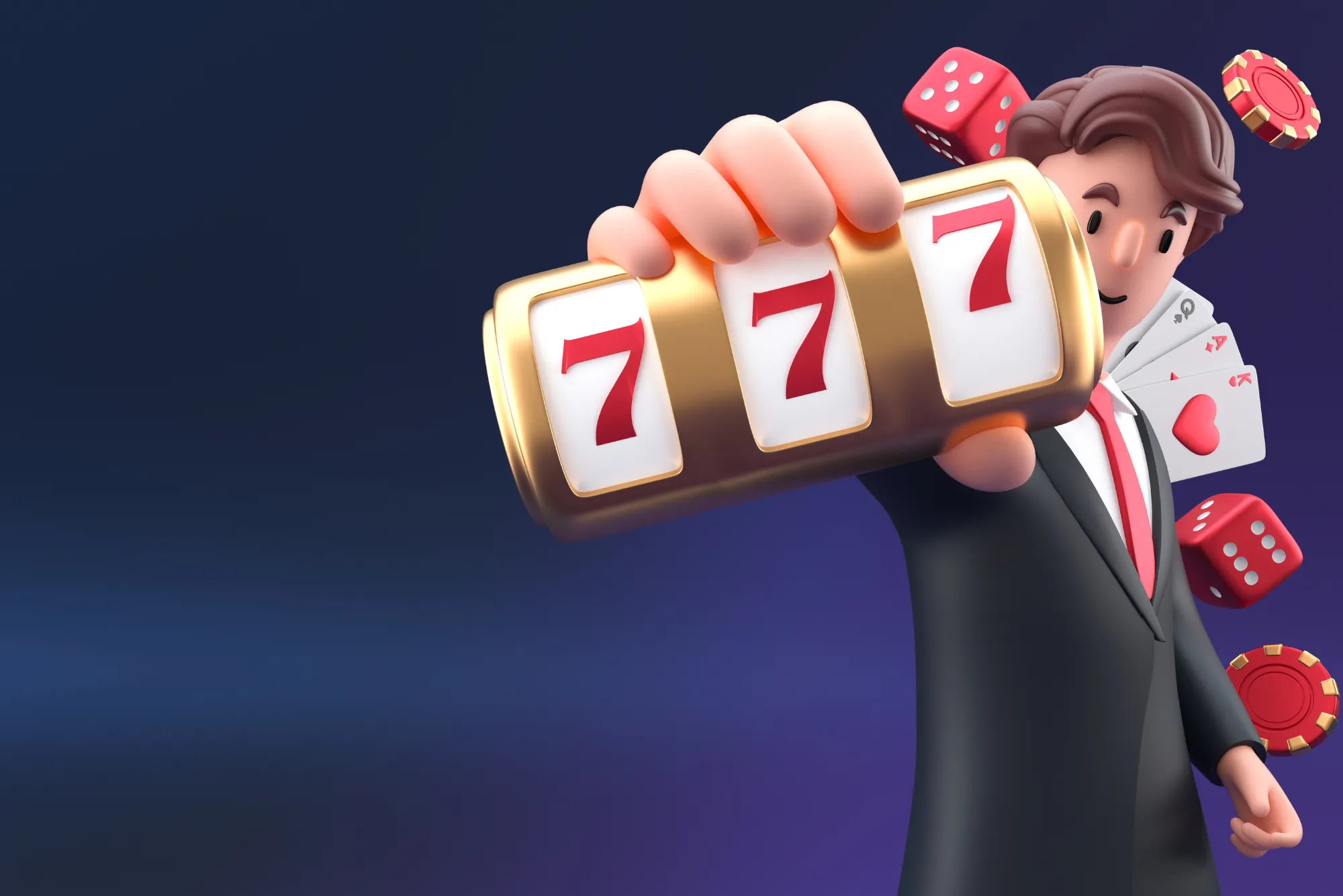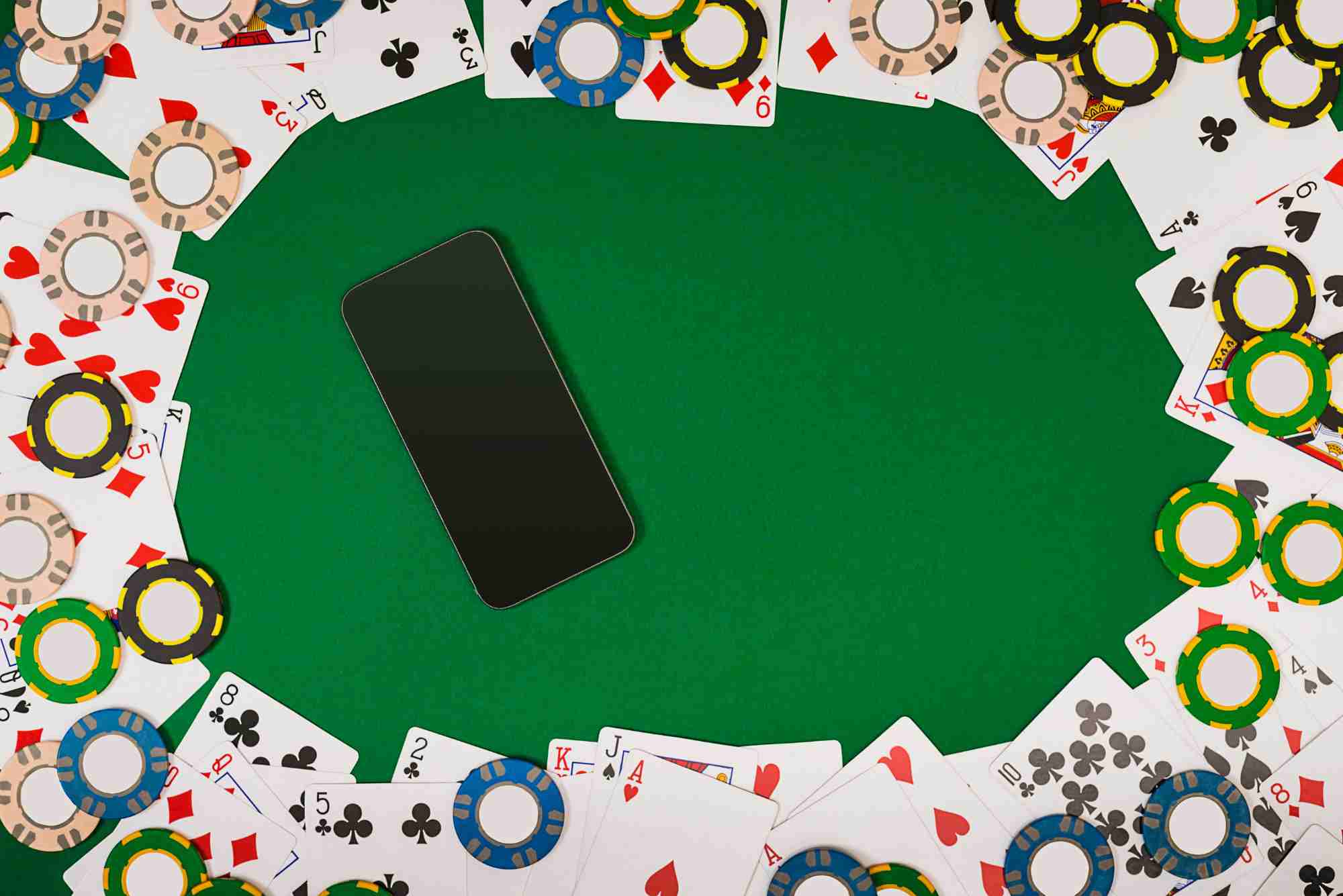What Is RTP and Why It Matters
RTP stands for “Return to Player,” and it represents the percentage of all wagered money that a slot game is programmed to return to players over an infinite number of spins. For instance, a slot with a 96% RTP should, on average, pay back £96 for every £100 wagered. While no single session will mirror the long-term average—because of randomness and volatility—RTP provides a valuable benchmark for evaluating which games give you a better statistical edge over time. Understanding RTP equips you to select slots that align with your bankroll goals and playing style, rather than simply chasing splashy graphics or bonus features.
How RTP Translates Over Thousands of Spins
Imagine you’re playing a slot machine at your favourite online site. You deposit £200 and place £1 bets, spinning 500 times in a single session. If that game’s RTP is 96%, the theoretical return would be around £480 of those £500 bets, meaning a £20 loss. Of course, the reality might differ—you could win £350 or lose £250—but over thousands of spins, your net result will gravitate toward the RTP figure.
For many UK players looking beyond mainstream licensed offerings, exploring titles at casinos not on gamstop unveils games with a range of RTPs, sometimes even exceeding 97%. These platforms can provide a wider selection of high-RTP slots from niche providers, boosting your long-term odds while still maintaining fair play standards.
RTP vs. Volatility: Balancing Expectation and Experience
RTP and volatility are distinct yet complementary. While RTP tells you the average payout percentage, volatility indicates how those wins are distributed—frequent small wins (low volatility) versus rare large wins (high volatility). A slot with 98% RTP and high volatility might reward you with a life-changing payout one day, but you could endure long losing streaks first. Conversely, a low-volatility slot with 96% RTP ensures regular, smaller wins but caps the size of each payout.
I once divided my session budget equally between two slots: a 95% RTP high-volatility game and a 96.5% RTP low-volatility title. After 1,000 spins total, the high-volatility slot produced one £1,200 win amid mostly losses, while the low-volatility machine yielded a steady trickle of £5–£15 wins, ending the session nearly break-even. The key takeaway? Higher RTP improves your overall expectation, but you still need to weigh volatility to manage your risk tolerance and cash-flow preferences.
How RTP Affects Bankroll Management
Your bankroll lifespan depends heavily on RTP. A higher RTP means your wagers are, on average, returned to you more slowly, allowing you to play longer with the same funds. Suppose you have a £100 budget and play a 97% RTP slot versus a 94% RTP slot, betting £1 per spin. On the 97% game, your expected loss rate is £3 per hour (assuming 100 spins per hour), whereas on the 94% game, it’s £6 per hour. That difference doubles your potential playtime on the higher-RTP slot.
When I set out for an evening session, I always prioritize slots with RTPs above 96.5% if my goal is maximizing spin count. However, if I’m chasing quick thrills, I might tolerate a 95% RTP on a favorite high-volatility game—provided I limit my loss via pre-set stop-loss rules.
Real-World Examples: RTP in Action
Over the past decade, developers have raced to offer standout RTP figures as marketing points. Take “Tech Blast Ultra,” boasting a 99.1% RTP—the highest I’ve encountered. In theory, that game gives players a near 1:100 edge compared to a 96% slot. In practice, I found it paid steady mid-sized wins that prolonged my bankroll but rarely dropped massive jackpots. On the flip side, “Legend of the Pharaohs” delivers 96.3% RTP with a highly volatile bonus that, when triggered, can award 5,000× your stake—albeit infrequently.
These examples underscore why RTP alone shouldn’t drive your choice. Instead, use RTP as one filter among many—alongside volatility, bonus features, minimum/maximum bet levels, and thematic preferences—to create a diversified play list that balances longevity and excitement.
Choosing High-RTP Games Beyond Mainstream Platforms
If you’re serious about long-term profitability, cast a wider net than the largest UK-licensed sites. Many casinos not on gamstop partner with emerging studios that push RTP boundaries. While the principle of fair play remains intact, these sites often feature RTPs north of 97% on lesser-known titles, giving savvy players an extra statistical edge. Always verify audited RTP certificates and read user reviews before committing bankroll to ensure reliability and trustworthiness.
Practical Tips for Leveraging RTP in Your Strategy
First, research before you play. Check slot review sites and provider paytables for accurate RTP figures. Second, build a rotation that alternates between high-RTP, low-volatility games for steady play and moderate-RTP, high-volatility games for jackpot potential. Third, always set sensible win and loss limits. Even the best RTP can’t overcome poor money management.
I personally maintain a spreadsheet tracking RTP, volatility, hit frequency, and my session results for the top ten slots I play. Over hundreds of sessions, I’ve noticed that sticking to games with RTP above 96.8% yields more consistent outcomes and reduces the frequency of total bankroll depletion.
Monitoring Your Long-Term Results
Long-term RTP impact only becomes clear if you log your sessions. Download your play history from your casino account and compare actual results against theoretical expectations. If you consistently underperform the stated RTP by a large margin, it may indicate cold streaks, session lengths too short to average out randomness, or suboptimal bet sizing.
Tracking also helps you identify favorite games that blend RTP and fun effectively. I discovered through my logs that “Mystic Jungle Ways” (97.2% RTP, medium volatility) gave me the best overall enjoyment-to-loss ratio—enough small bonuses to stay engaged with the chance of bigger wins.
Conclusion
RTP is more than a marketing buzzword—it’s the cornerstone of any informed slot strategy. By choosing higher-RTP games, you improve your statistical expectation and safeguard your bankroll, especially during extended play. Coupled with smart volatility choices and disciplined bankroll management, understanding RTP transforms spinning reels from blind gambling into a calculated entertainment pursuit. Whether you aim for marathon sessions or the occasional jackpot chase, let RTP guide your game selection for a more enjoyable and sustainable slot experience.







